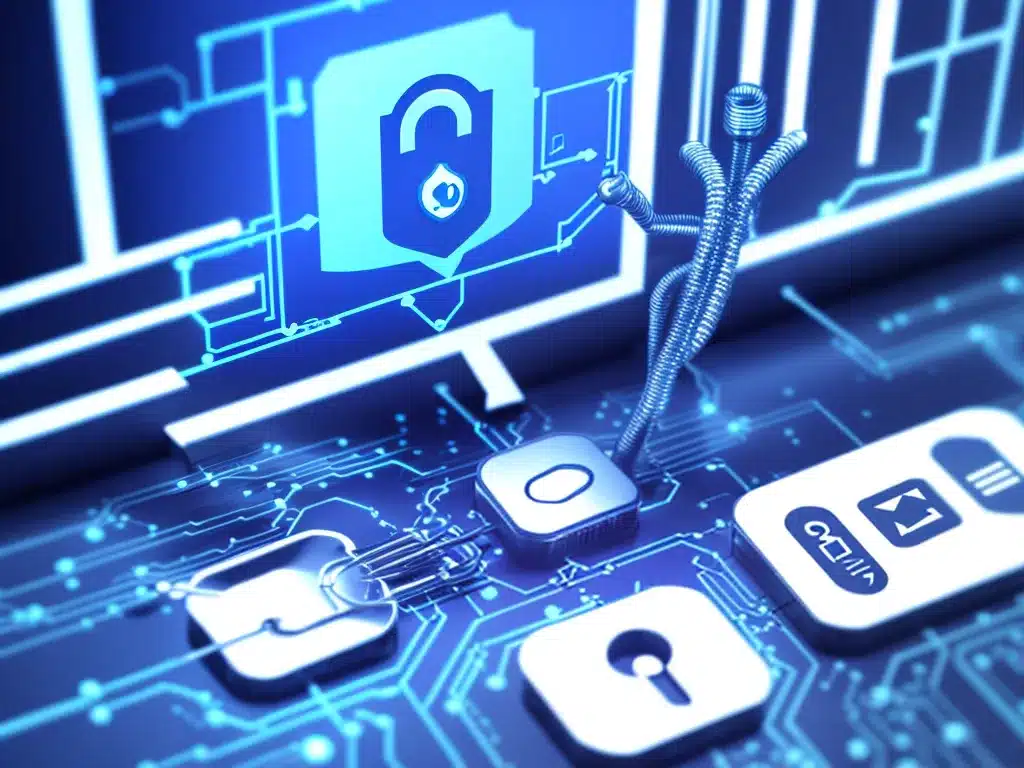
Using weak passwords
Using weak passwords like 123456 or password is one of the most common network security mistakes. These passwords are easy for hackers to guess using brute force attacks.
To avoid weak passwords:
- Use passwords that are at least 12 characters long and contain uppercase, lowercase, numbers, and symbols
- Use a password manager to generate and store strong unique passwords
- Enable multi-factor authentication on critical accounts
- Change passwords regularly, at least every 90 days
Neglecting software updates
Neglecting to install software updates and security patches leaves networks vulnerable to exploit. Hackers target known software vulnerabilities to gain unauthorized access.
To avoid this mistake:
- Enable automatic updates on all devices and software where possible
- Regularly check for and install any available updates and patches promptly
- Prioritize patching critical vulnerabilities that pose high security risks
Using unsecured public Wi-Fi
Public Wi-Fi networks are often unsecured, allowing potential eavesdroppers to intercept transmitted data. Sensitive information should never be transmitted over unsecured networks.
To stay secure on public Wi-Fi:
- Avoid accessing sensitive accounts or data on public networks
- Use a trusted VPN to encrypt your connection when using public Wi-Fi
- Be cautious of shoulder surfing when entering passwords in public
Failing to encrypt data
Unencrypted data can be easily read if intercepted. Failing to encrypt sensitive data such as customer records, passwords, and financial data puts it at risk if breached.
To properly encrypt data:
- Encrypt data in transit using protocols like SSL/TLS
- Encrypt data at rest within databases, file servers, backups, and end-user devices
- Use strong encryption methods like AES-256 rather than outdated algorithms
Not monitoring for threats
Many breaches go undetected for months before being discovered. Failing to properly monitor networks and systems for anomalies can allow attacks to slip through unnoticed.
To detect threats early:
- Implement intrusion detection and prevention systems
- Check systems and network logs regularly for signs of unauthorized access
- Monitor for suspicious traffic patterns that could indicate an attack
- Set alerts for potential threats and review regularly
Not controlling access properly
Granting employees, contractors, and partners excessive access to systems and data can enable insider threats and abuse. Overly permissive permissions also make lateral movement easier for external attackers.
To restrict access:
- Follow the principle of least privilege – only grant required access
- Use role-based access controls and implement separation of duties
- Revoke access promptly when no longer required
- Use multi-factor authentication for admin accounts
Not testing defenses
Without regular testing, gaps in defenses may go undetected and be exploited by attackers. Penetration testing and vulnerability assessments should be performed routinely.
To test defenses:
- Conduct network scans to identify misconfigured systems
- Perform penetration testing to find exploitable vulnerabilities
- Run simulated phishing campaigns to test employee readiness
- Hire external experts to security test annually at minimum
Proactively avoiding these common pitfalls will greatly enhance your network’s overall security posture. Pair good practices with employee education and you’ll be far less likely to become the victim of a costly and disruptive security breach.












